One of the best ways to see this soulful, spacious and rugged country is definitely by car. Namibia does have a good road network of tarred roads (some of which are currently being revamped) to popular tourist destinations.
In the more remote areas gravel roads will take you to your destination. It will get bumpy, but if you’re travelling with your favourite travel buddies and if you drive carefully, the bumps will not cause more harm than a squeal and a laugh.
Are you planning a road trip in Namibia, but not sure what to keep in mind when driving in Namibia? – Here are a few things you should keep in mind when driving in Namibia:
Before you leave for your trip, ensure that the vehicle is in good condition; check the fuel, oil, brakes, tyre pressure and whether seatbelts function and fit.
Namibia is spacious, and that means different towns are located at quite a distance from each other. So be sure to double check that you have all the essentials for embarking on your adventure. – A first aid kit, lots of water, at least one spare tyre, your driver’s licence and that gadget you cannot do without; you do NOT want to make a U-turn from Rehoboth or Okahandja to Windhoek for that cell phone or Kindle.
Music, music and more music! It’s something we all enjoy on the road. Make sure you’ve packed the iPod, aux cables, cd’s and universal serial bus (USB) flash drives, connectors and cables. You have a long journey ahead without any online entertainment.
At dusk, wildlife is very active, so be cautious when driving just before sunset or avoid driving at night.
In certain areas you’ll come across many domestic animals crossing the roads. Watch out for what I refer to as the ‘Domestic Big Five’, cows, goats, dogs, donkeys and chicken.
You’ll have to practice the virtue of patience while they waltz across the road. This does present a perfect photo opportunity though, so it’s a win-win situation!
There are other, non-domestic animals that like crossing the road too, like kudus, springboks, baboons and warthogs.
Look at that chubby baby warthog sprinting after the warthog sow across the road! It seems like the baby doesn’t want to get lost and neither would mother-hog like that!
At game parks read safety guidelines carefully and adhere to them. It is dangerous to leave your vehicle when in the vicinity of wildlife. It’s best and safer to view animals from your vehicle.
Don’t be stunned if you see a donkey cart with a few passengers or an older man on his bicycle on the side of the road. Slow down and wave, Namibian people love to smile and say hello!
Local people are friendly and eager to help when you seem to have lost your way. Be sure to ask, but be vigilant for chance-takers too. – Rather be safe than sorry.
Have a current road map with details on routes and destinations handy, in case your Global Positioning System (GPS) breaks down.
Carrying cash is not everyone’s thing but ‘cash is boss’ in Namibia, especially in areas with no ATMs. It might also just be the day that you show up in a shop and the card machine remembers you weren’t so polite to a cashier somewhere in the world and decides to snooze for a bit.
Don’t be caught by a traffic officer cunningly positioned around a bend. – There’s no sneaking out of a fine if you’re caught speeding, so drive safely and within the speed limit (120km/h on tar / 80km/h on gravel) to avoid any fines or accidents.
Like anywhere else in the world, be alert when you drive, stop, rest or stretch, avoid alcohol intake and stick to the speed restrictions. – And stop making excuses to not use that seat belt you’re always trying to avoid because it apparently makes you feel uncomfortable.
Buckle up, have your jokes ready, a camera handy and enjoy the road trip! And check out our Namibia2Go self-drive packages and car hire option.
What else should one keep in mind when driving in Namibia? What was your road trip experience like? Let us know by sharing your story in the comment section below.
Author – I’m Nela, from Windhoek Namibia but born in a small village called Omatunda in northern Namibia. I am passionate about writing, research and photography, as it helps me gain knowledge about people and my country.

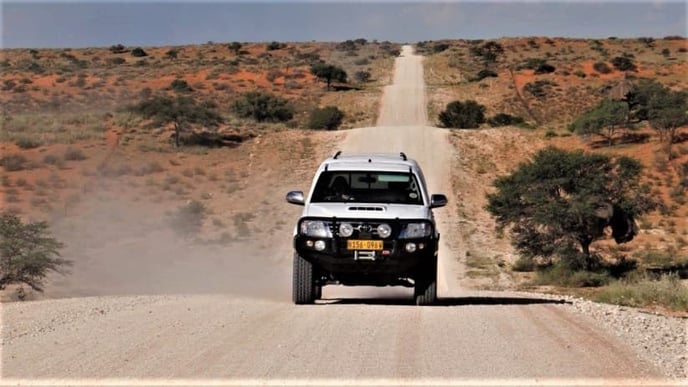
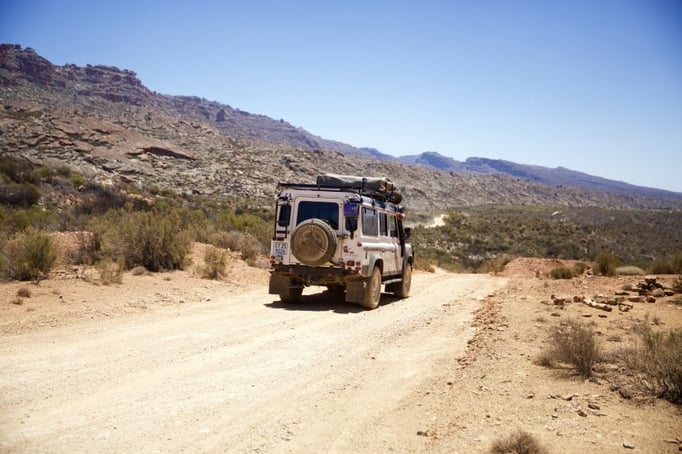
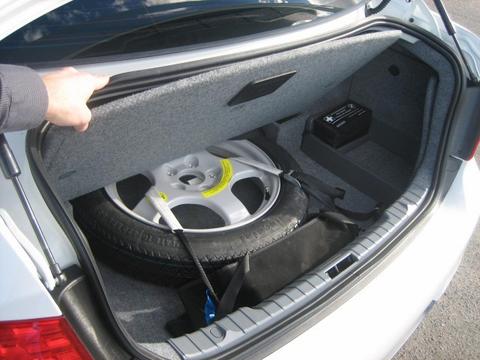
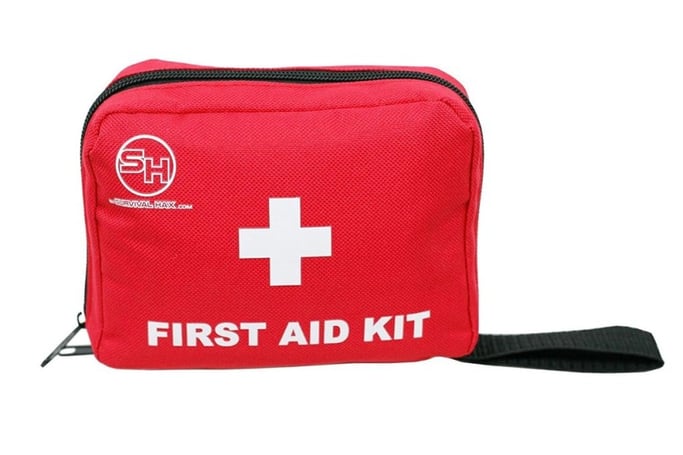
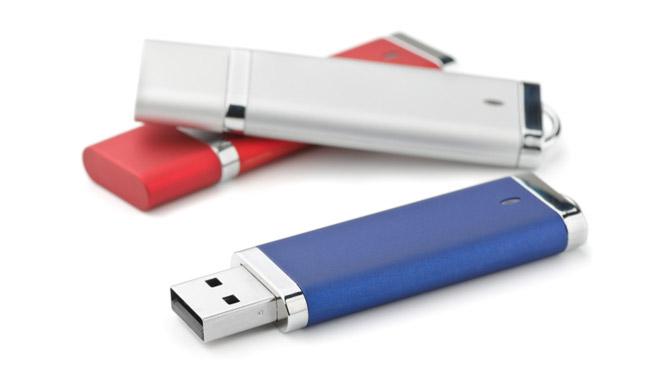

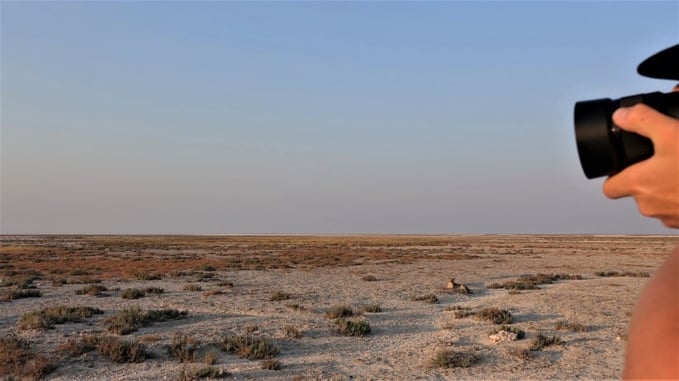
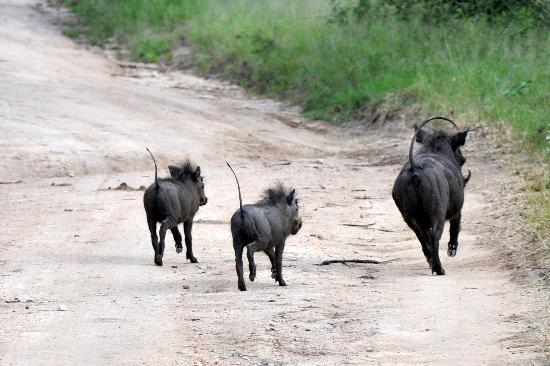
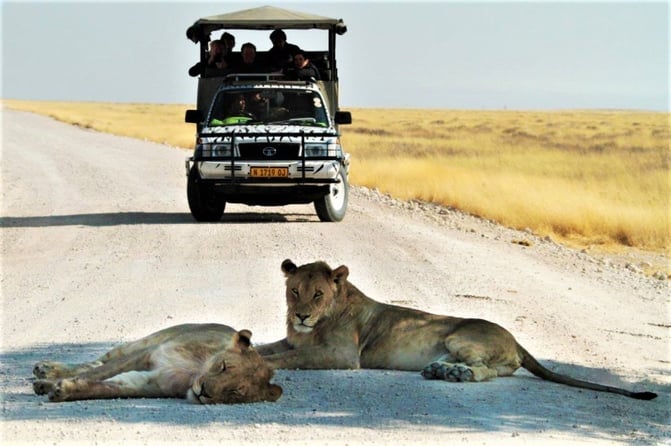


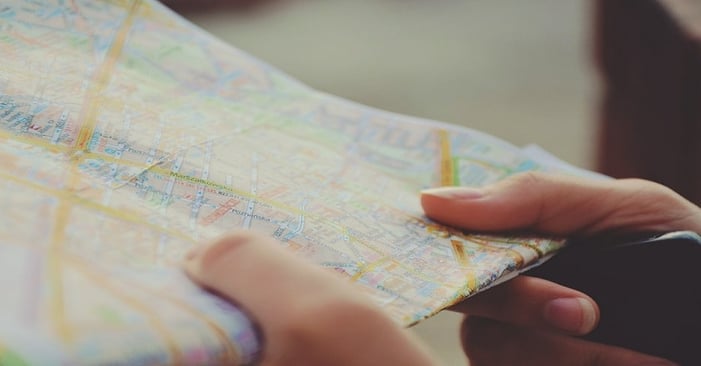
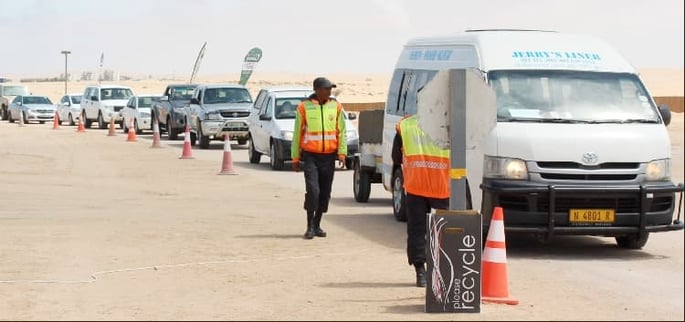



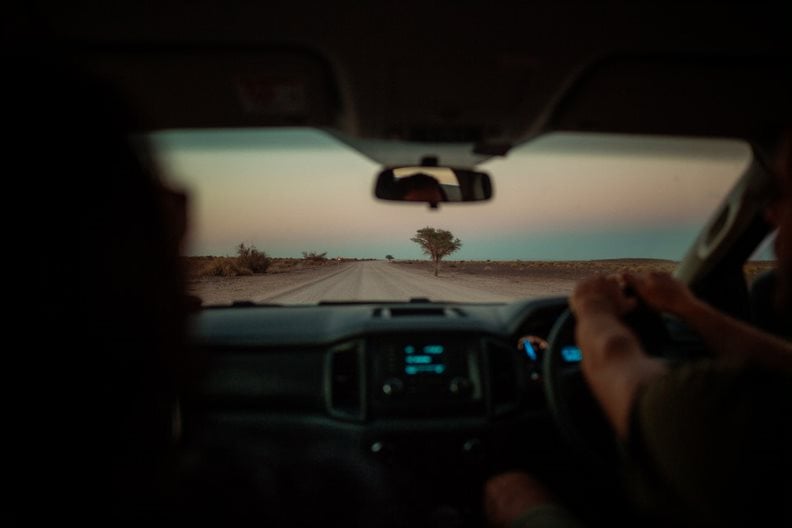
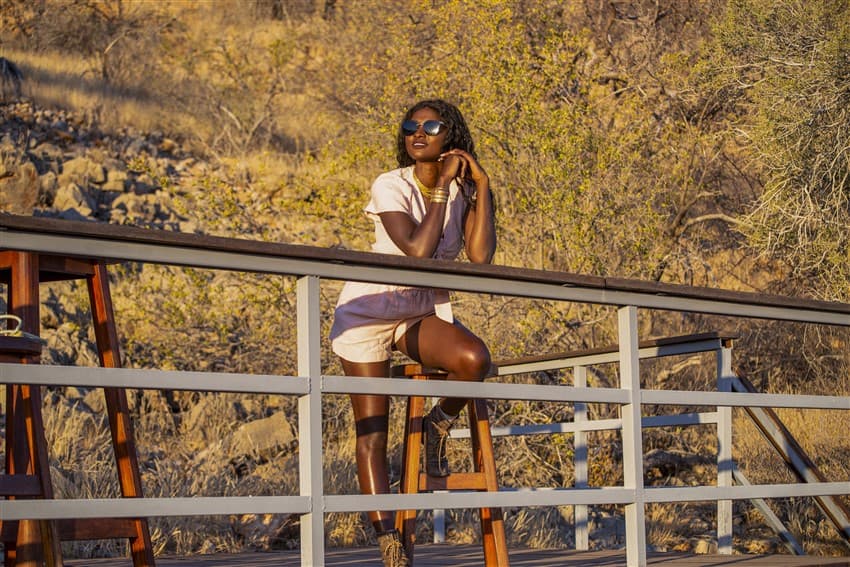

SUBMIT YOUR COMMENT